Understanding Physical Child Abuse: Prevention, Effects & Treatment
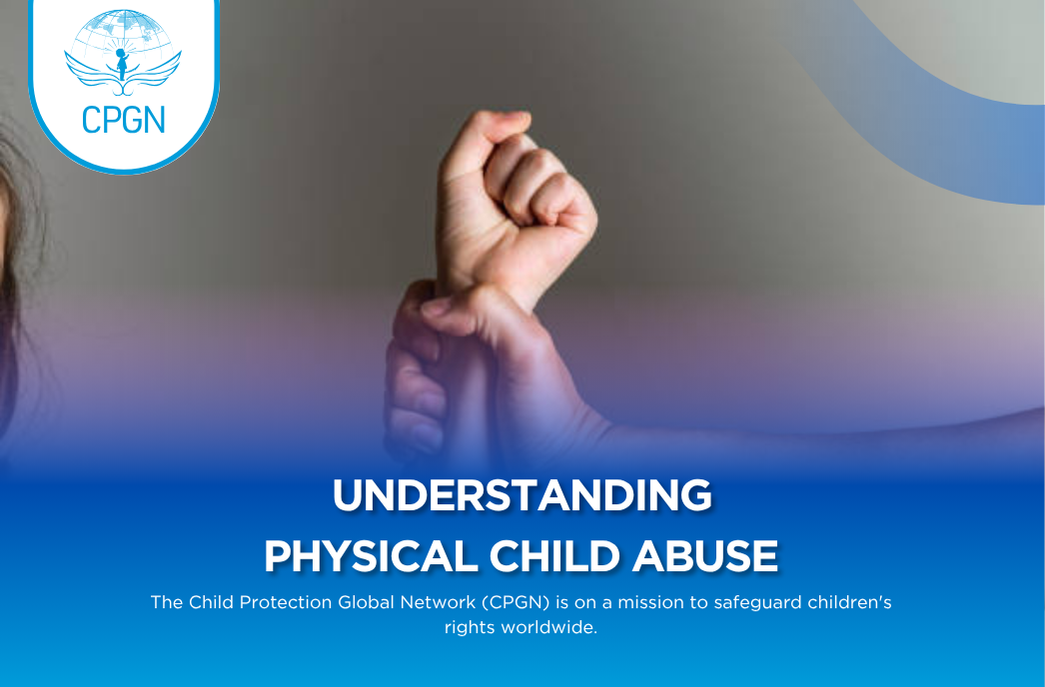
Child physical abuse is a serious issue that affects millions of children every year. The impact is far-reaching, and its effects are felt not just in childhood, but throughout adulthood. Raising awareness about physical child abuse is urgent and necessary to help break the cycle of violence. By understanding the definition, causes, types, effects, and treatment of physical abuse, we can better protect children and offer the support they need.
In this blog, we’ll dive into the physical child abuse definition, the types of abuse, the causes, its effects on children, and how CPGN works to protect children from this form of harm.
Child Physical Abuse
What is physical abuse of a child?
Physical child abuse is a serious type of child abuse that involves acts of violence inflicted upon a child, resulting in injury or harm. This can include hitting, beating, burning, or any other form of physical force intended to cause pain. As a harmful and often repeated type of child abuse, physical abuse leaves both visible and invisible scars, deeply affecting a child’s physical and emotional well-being.
Physical child abuse meaning and definition
Physical child abuse is not just limited to violent acts. It includes any actions that cause physical harm or injury to a child, regardless of the intent behind the action. Children who experience physical abuse may also suffer from long-term psychological issues, making it a multifaceted problem that requires attention and intervention.
forms of Physical Abuse
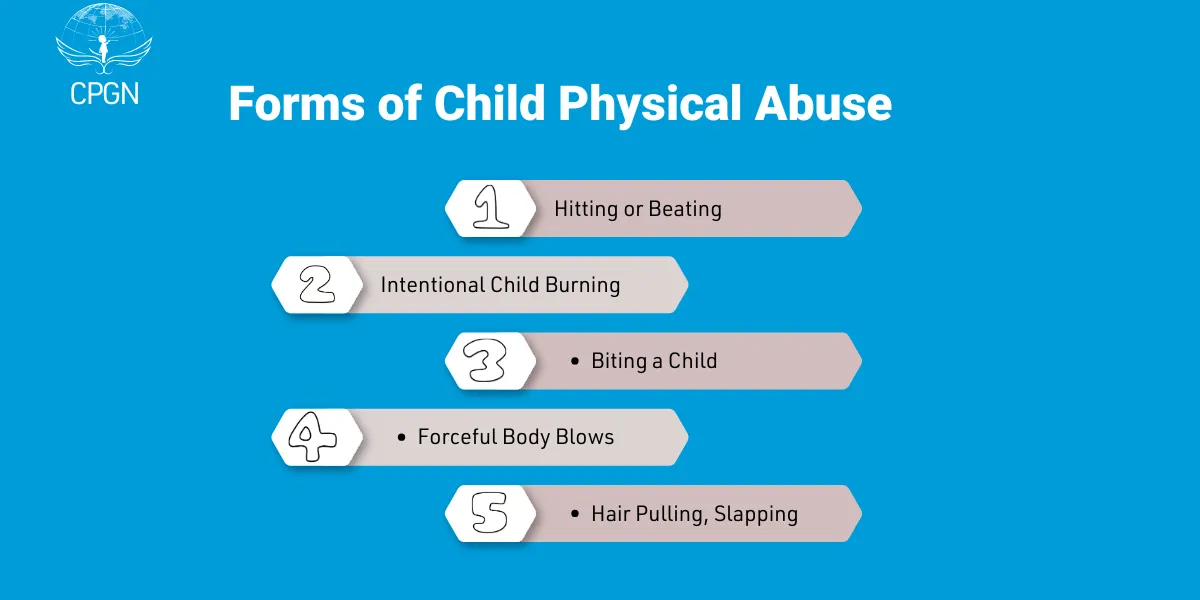
There are various types of child physical abuse, each causing different levels of harm to the child. Understanding these forms can help in recognizing abuse early on and taking action to protect the child.
Forms of child physical abuse include:
- Hitting or Beating: The most common form, where the child is struck with hands, belts, or other objects.
- Shaking: Often seen in infants or young children, shaking can cause brain damage.
- Burning: Burns from hot objects, liquids, or even cigarettes.
- Biting: A form of abuse where a child is bitten intentionally.
- Hair Pulling or Slapping: These actions cause physical pain and emotional distress.
In some cases, child-on-child physical abuse can occur, where one child hurts another, often due to learned behavior from witnessing or experiencing abuse at home.
Some of these behaviors, such as hitting or slapping, are often dismissed as forms of discipline—but they can quickly cross the line into abuse. To better understand the difference between discipline and harm, explore our posts on is corporal punishment abuse? and is spanking child abuse?. Both shed light on how certain disciplinary actions can have serious physical and emotional consequences for children.
Causes of Child Physical Abuse
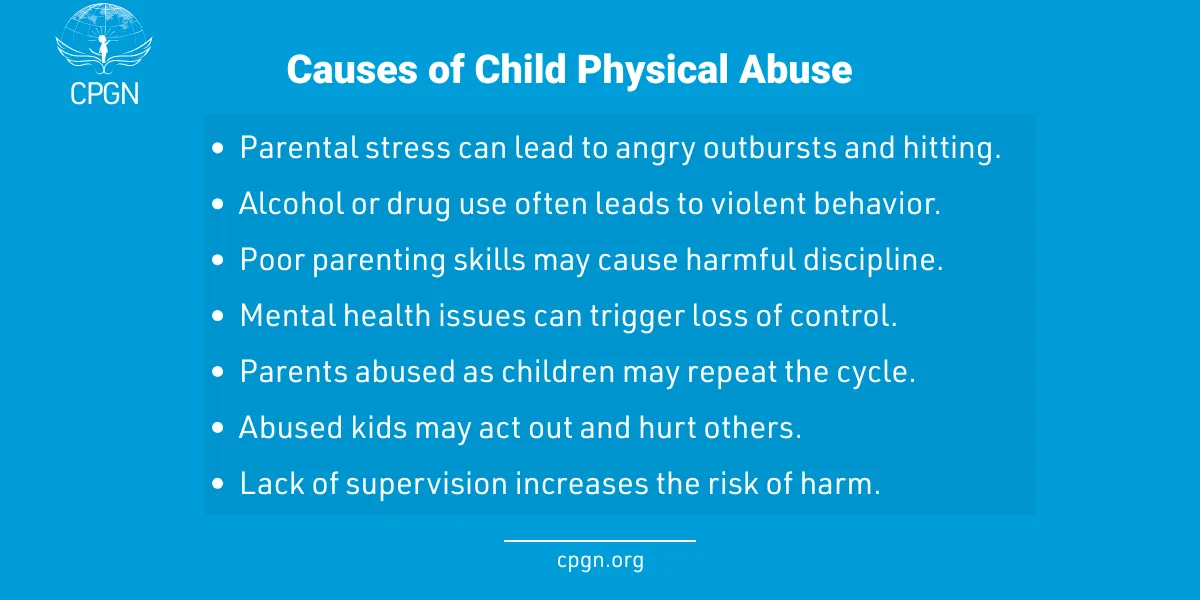
The causes of child physical abuse are complex and often involve a combination of factors. While every situation is unique, common causes include:
- Parental Stress: Financial issues, relationship problems, or emotional instability can cause parents to lash out.
- Substance Abuse: Alcohol and drugs can impair judgment and increase the likelihood of abusive behavior.
- Lack of Parenting Skills: Some parents may resort to violence out of frustration, especially if they lack proper parenting knowledge.
- Mental Health Issues: Untreated mental health conditions can contribute to abusive behavior.
- Cycle of Abuse: Many abusive parents were themselves victims of abuse as children and perpetuate the cycle.
Child-on-child physical abuse can also happen when a child who has been abused replicates the behavior on other children, often as a coping mechanism or because they have learned it as a way of interacting.
Additionally, environments where children experience child neglect—such as a lack of supervision or emotional support—can increase the risk of physical abuse, either from overwhelmed caregivers or as a result of learned behaviors among children themselves.
Effect of Child Physical Abuse
The effects of physical abuse on a child are far-reaching. Physical harm is often accompanied by emotional child abuse, which can shape a child’s future and have long-lasting impacts on their mental well-being.
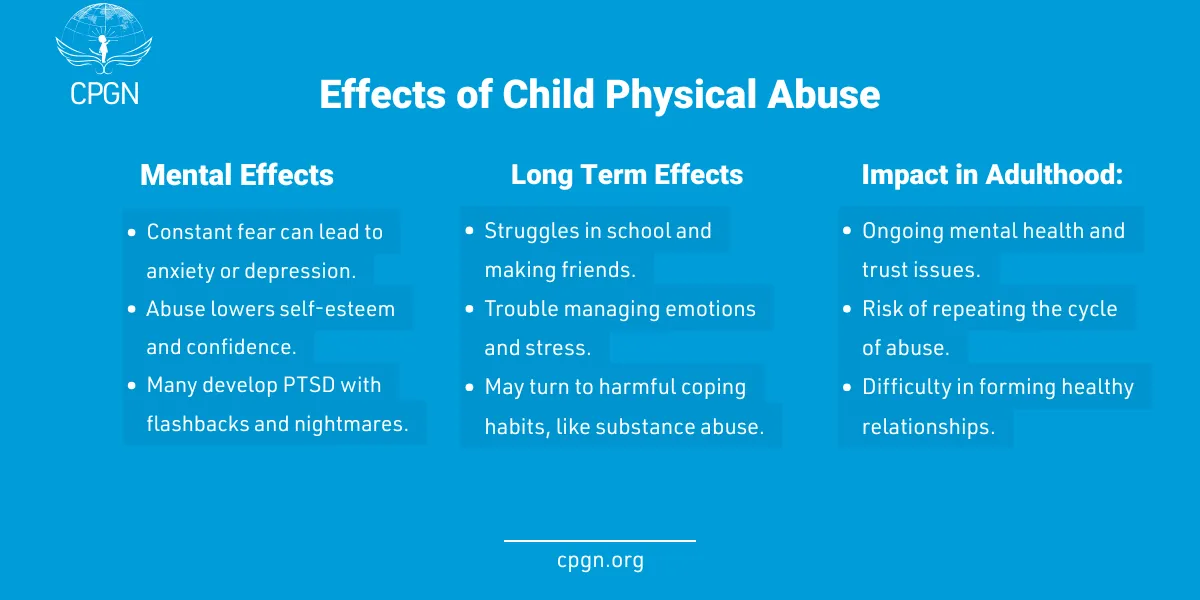
How does physical abuse affect a child mentally?
Children who are physically abused may suffer from mental health issues such as:
- Anxiety and Depression: Constant fear of physical harm can lead to anxiety and depression.
- Low Self-Esteem: Children may grow up with a poor self-image, thinking they are undeserving of love or care.
- Post-Traumatic Stress Disorder (PTSD): Many children who experience physical abuse develop PTSD, with symptoms like flashbacks, nightmares, and avoidance of triggers.
How does physical abuse affect a child mentally in the long term?
Long-term effects may include difficulty in forming healthy relationships, problems in school, and challenges in managing emotions. Over time, untreated trauma can lead to a cycle of negative behavior and coping mechanisms, such as substance abuse.
How does physical abuse as a child affect adulthood?
As adults, those who experienced child physical abuse may struggle with mental health, relationship problems, and difficulty trusting others. Some may even perpetuate the cycle of abuse, while others may engage in self-destructive behaviors due to unresolved trauma.
Treatment of Child Physical Abuse
Early intervention is critical when it comes to treating child physical abuse. There are several components involved in helping a child heal from physical abuse:
- Therapy: Trauma-focused therapy, such as Cognitive Behavioral Therapy (CBT) or play therapy, can help children process and heal from the abuse.
- Legal Intervention: In cases of ongoing abuse, legal intervention may be necessary. This could involve removing the child from the abusive environment and placing them in a safer situation.
- Support Programs: Many organizations provide support programs to help children and families recover from abuse. These programs often include counseling for both the child and the parents.
In some cases, physical abuse may be disguised under the appearance of medical care. This is seen in forms like medical child abuse, where a caregiver deliberately causes or fabricates illness in a child. Just like with physical abuse, early detection and intervention are essential to prevent long-term harm and ensure the child’s safety.
CPGN’s Role in Protecting Child Abuse
CPGN works tirelessly to prevent and respond to child physical abuse through various programs and initiatives:
- Education: We educate parents, teachers, and caregivers on recognizing the signs of abuse and how to prevent it.
- Interventions: We provide direct intervention in abusive situations, offering safe spaces for children and support for families.
- Advocacy: CPGN advocates for stronger child protection laws and policies to ensure that children’s rights are upheld.
By raising awareness, educating communities, and providing support services, our child abuse protection NGO aims to break the cycle of abuse and ensure that every child can grow up in a safe, loving environment.
Help Us Break the Cycle of Abuse — Donate Today
Child physical abuse is preventable, but it requires collective effort from all of us. Your donation to CPGN can help us continue our work in protecting children from abuse and providing the support and healing they need. Together, we can break the cycle of abuse and ensure a brighter future for every child.
Donate now to make a difference. Your support is crucial in helping us continue this vital work.
Mark Schwartz
Our goal is to ensure the safety and protection of every child until it is achieved. Our goal is to support communities in protecting the future of children and promoting their welfare.
Quick Links
Copyright © 2025 CPGN. All rights reserved by Majnate LLP | Privacy Policy | Terms and Conditions
